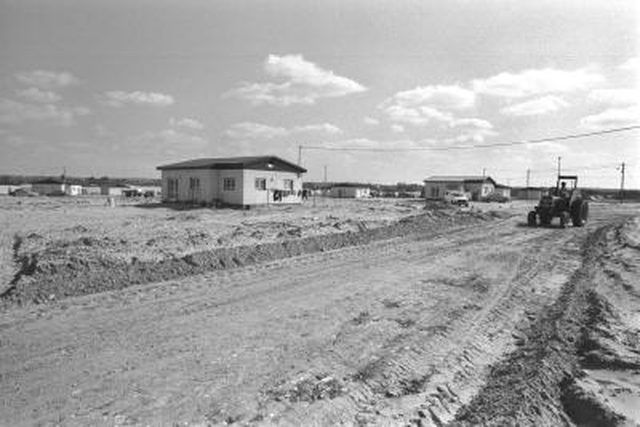Bulbs
Flower Basics
Flower Beds & Specialty Gardens
Flower Garden
Garden Furniture
Garden Gnomes
Garden Seeds
Garden Sheds
Garden Statues
Garden Tools & Supplies
Gardening Basics
Green & Organic
Groundcovers & Vines
Growing Annuals
Growing Basil
Growing Beans
Growing Berries
Growing Blueberries
Growing Cactus
Growing Corn
Growing Cotton
Growing Edibles
Growing Flowers
Growing Garlic
Growing Grapes
Growing Grass
Growing Herbs
Growing Jasmine
Growing Mint
Growing Mushrooms
Orchids
Growing Peanuts
Growing Perennials
Growing Plants
Growing Rosemary
Growing Roses
Growing Strawberries
Growing Sunflowers
Growing Thyme
Growing Tomatoes
Growing Tulips
Growing Vegetables
Herb Basics
Herb Garden
Indoor Growing
Landscaping Basics
Landscaping Patios
Landscaping Plants
Landscaping Shrubs
Landscaping Trees
Landscaping Walks & Pathways
Lawn Basics
Lawn Maintenance
Lawn Mowers
Lawn Ornaments
Lawn Planting
Lawn Tools
Outdoor Growing
Overall Landscape Planning
Pests, Weeds & Problems
Plant Basics
Rock Garden
Rose Garden
Shrubs
Soil
Specialty Gardens
Trees
Vegetable Garden
Yard Maintenance
How to Check the Oil in a Farmall H Tractor
How to Check the Oil in a Farmall H Tractor. The Farmall H tractor was made by International Harvester from 1939 to 1953 as an all-purpose tractor able to cultivate up to 35 acres of row crops per day. Quite a few of these models are still on the job, and they're popular with collectors, so parts are still readily available. However, many routine...

The Farmall H tractor was made by International Harvester from 1939 to 1953 as an all-purpose tractor able to cultivate up to 35 acres of row crops per day. Quite a few of these models are still on the job, and they're popular with collectors, so parts are still readily available. However, many routine maintenance procedures on these old tractors differ from the processes for modern machinery, such as checking the engine crankcase oil.
Things You'll Need
Pliers
Funnel
SAE 30 oil
Park the tractor on a level surface and allow the engine to cool if it has been run recently to allow the oil to drain back into the pan.
Locate the two oil petcocks on the right side of the oil pan, located at the bottom of the engine block.
Remove the uppermost petcock by twisting it counter-clockwise by hand, or use pliers if needed. Set the petcock aside.
Stick your finger in the hole where the petcock was removed. Make sure the oil level is up to the bottom of the petcock hole.
Replace the petcock if the oil level is up to the bottom of the hole. Tighten it with pliers clockwise. If the oil level is low, do not replace the petcock and follow the next steps.
Remove the oil filler cap on the right side of the engine near the magneto if the oil level was low. Place a funnel in the oil inlet pipe and add SAE 30 motor oil until the oil level comes up to the bottom of the uppermost petcock hole in the oil pan. Remove the funnel and replace the oil filler cap.
Thread the petcock back into the oil pan by hand. Tighten the petcock clockwise with pliers.
Tips & Warnings
Original Farmall specifications call for SAE 30 motor oil. The two types of SAE 30 oil are detergent and non-detergent. Use the same type of oil that has been used in the tractor’s engine in the past. Changing the type of oil can cause problems such as sludge and clogging of internal engine passageways.